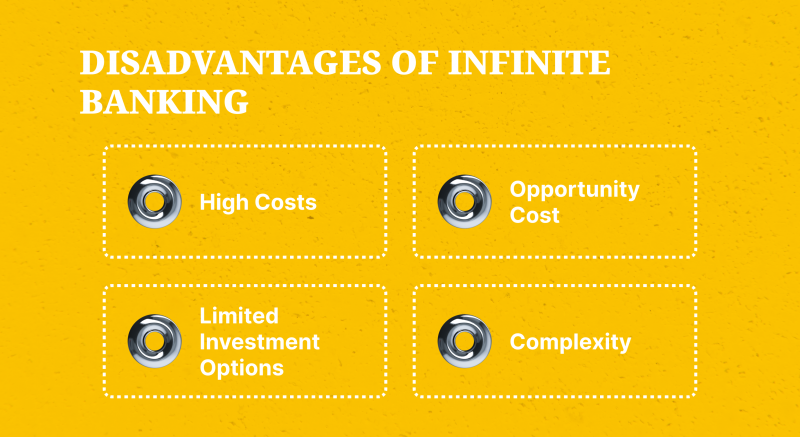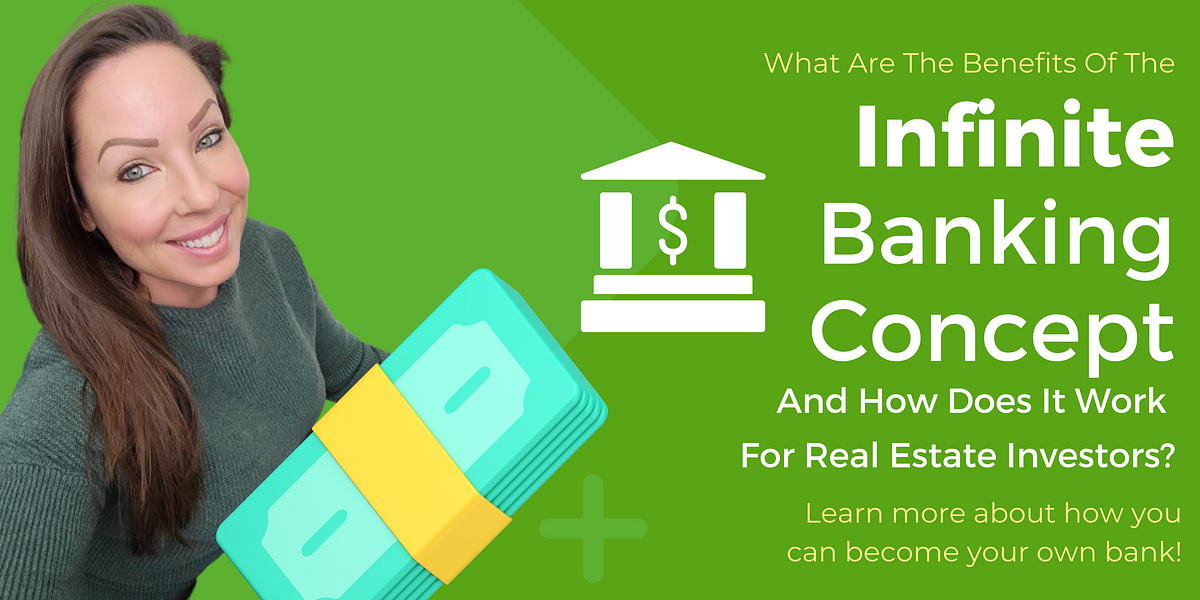All Categories
Featured
Table of Contents
Okay, to be fair you're truly "banking with an insurance provider" as opposed to "banking on yourself", but that principle is not as simple to offer. Why the term "boundless" banking? The idea is to have your money working in numerous places at when, instead of in a single area. It's a bit like the idea of getting a residence with money, after that borrowing versus your house and putting the money to work in another financial investment.
Some people like to talk about the "velocity of money", which primarily indicates the very same thing. That does not indicate there is nothing beneficial to this idea once you get past the advertising and marketing.
The whole life insurance coverage sector is tormented by overly pricey insurance, massive payments, questionable sales methods, low prices of return, and inadequately informed customers and salesmen. However if you desire to "Rely on Yourself", you're going to have to fall to this industry and actually get whole life insurance policy. There is no alternative.
The assurances integral in this product are important to its feature. You can borrow versus a lot of sorts of cash money value life insurance policy, yet you should not "bank" with them. As you acquire an entire life insurance coverage plan to "bank" with, keep in mind that this is a totally separate area of your financial plan from the life insurance policy area.
As you will see below, your "Infinite Banking" policy really is not going to reliably give this important financial feature. One more issue with the fact that IB/BOY/LEAP relies, at its core, on a whole life plan is that it can make purchasing a policy bothersome for numerous of those interested in doing so.
Infinite Life Insurance
Dangerous pastimes such as SCUBA diving, rock climbing, sky diving, or flying additionally do not mix well with life insurance policy products. The IB/BOY/LEAP supporters (salespeople?) have a workaround for youbuy the plan on a person else! That might exercise fine, given that the factor of the plan is not the death benefit, but keep in mind that purchasing a plan on minor kids is extra costly than it ought to be considering that they are normally underwritten at a "basic" price instead than a preferred one.

A lot of policies are structured to do a couple of things. A lot of frequently, policies are structured to make the most of the commission to the representative marketing it. Cynical? Yes. It's the truth. The payment on an entire life insurance coverage plan is 50-110% of the initial year's costs. In some cases policies are structured to make best use of the survivor benefit for the costs paid.
With an IB/BOY/LEAP plan, your goal is not to maximize the survivor benefit per buck in costs paid. Your objective is to optimize the money worth per dollar in costs paid. The rate of return on the plan is very essential. One of the most effective means to maximize that variable is to obtain as much cash as possible right into the plan.
The very best method to enhance the price of return of a policy is to have a reasonably little "base policy", and then placed even more cash money right into it with "paid-up enhancements". As opposed to asking "How little can I place in to get a specific death advantage?" the question ends up being "How much can I legitimately took into the plan?" With more money in the plan, there is more money worth left after the costs of the survivor benefit are paid.
A fringe benefit of a paid-up enhancement over a normal costs is that the compensation price is reduced (like 3-4% rather than 50-110%) on paid-up additions than the base policy. The less you pay in payment, the higher your price of return. The rate of return on your money worth is still mosting likely to be adverse for some time, like all cash money worth insurance coverage.
It is not interest-free. It might set you back as much as 8%. A lot of insurance coverage firms just supply "straight recognition" car loans. With a direct recognition lending, if you obtain out $50K, the reward rate used to the cash worth every year just applies to the $150K left in the plan.
Banking On Yourself
With a non-direct acknowledgment finance, the business still pays the same dividend, whether you have "obtained the cash out" (technically versus) the policy or otherwise. Crazy? Why would they do that? Who knows? They do. Frequently this feature is coupled with some less valuable aspect of the policy, such as a lower returns rate than you may obtain from a plan with straight acknowledgment fundings (nelson nash becoming your own banker pdf).
The business do not have a resource of magic cost-free money, so what they give up one location in the plan should be drawn from an additional place. But if it is drawn from a function you care less about and take into a function you care more about, that is an advantage for you.
There is one even more essential function, usually called "clean lendings". While it is excellent to still have returns paid on money you have actually gotten of the plan, you still need to pay interest on that particular funding. If the dividend rate is 4% and the car loan is billing 8%, you're not specifically appearing in advance.
With a laundry financing, your lending rate of interest rate coincides as the dividend price on the plan. So while you are paying 5% interest on the finance, that passion is entirely balanced out by the 5% dividend on the financing. In that respect, it acts simply like you withdrew the money from a financial institution account.

5%-5% = 0%-0%. Same same. Hence, you are now "banking on yourself." Without all 3 of these factors, this plan just is not going to function very well for IB/BOY/LEAP. The most significant issue with IB/BOY/LEAP is individuals pressing it. Almost all of them stand to make money from you getting right into this principle.
Actually, there are numerous insurance policy representatives speaking about IB/BOY/LEAP as an attribute of entire life who are not in fact offering plans with the required features to do it! The trouble is that those that understand the idea best have a substantial conflict of passion and typically inflate the advantages of the idea (and the underlying policy).
Infinite Banking With Whole Life Insurance
You ought to compare borrowing against your plan to taking out cash from your interest-bearing account. Go back to the beginning. When you have nothing. No deposit. No money in investments. No cash in cash money worth life insurance. You are encountered with a selection. You can put the cash in the financial institution, you can spend it, or you can purchase an IB/BOY/LEAP policy.
It expands as the account pays rate of interest. You pay tax obligations on the interest each year. When it comes time to purchase the watercraft, you take out the cash and buy the watercraft. You can conserve some even more money and put it back in the banking account to start to earn passion again.
When it comes time to acquire the boat, you offer the investment and pay tax obligations on your long term funding gains. You can save some even more money and acquire some even more financial investments.
The cash money worth not made use of to spend for insurance policy and compensations grows over the years at the returns rate without tax drag. It begins with negative returns, yet ideally by year 5 or so has recovered cost and is expanding at the reward price. When you go to acquire the boat, you borrow against the policy tax-free.
Nelson Nash Life Insurance
As you pay it back, the money you paid back begins growing once more at the returns rate. Those all job pretty similarly and you can compare the after-tax prices of return.
They run your credit report and provide you a finance. You pay interest on the borrowed money to the bank up until the car loan is paid off.
Latest Posts
Privatized Banking Concept
Bank On Yourself Plan
Be My Own Banker